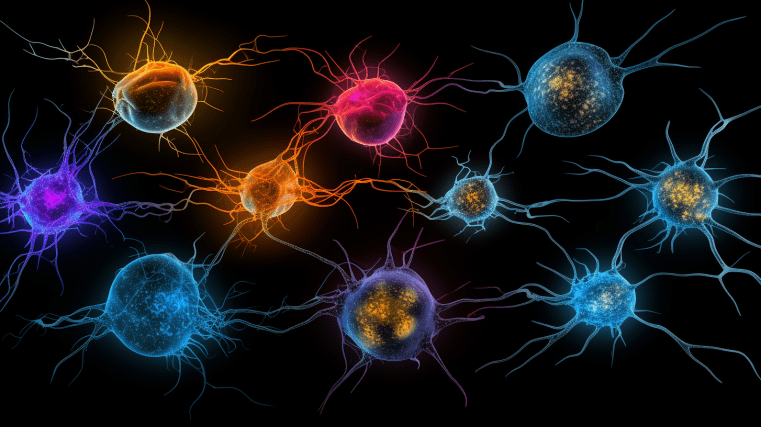Photo was created by Webthat using MidJourney
Groundbreaking Breakdown
Researchers at the Francis Crick Institute and UCL Queen Square Institute of Neurology, in collaboration with Faculty AI, have unleashed the potential of machine learning to accurately predict subtypes of Parkinson’s disease using images of patient-derived stem cells. The findings, unveiled in Nature Machine Intelligence, present computer models capable of distinguishing four distinct Parkinson’s subtypes with remarkable precision, a feat that could reshape personalized medicine and targeted drug research.
Subtype Classification and Potential Impact:
Parkinson’s disease, notorious for its varied impact on movement and cognition, arises from diverse underlying mechanisms. Traditionally, the absence of accurate subtype differentiation led to generalized diagnoses, denying patients access to tailored care and treatments. By discerning four distinct subtypes using stem cell images, the study contributes to addressing this gap.
Creating a Cellular Model:
Utilizing patient-derived stem cells, researchers recreated four specific Parkinson’s subtypes through chemical manipulation. These models simulated different disease pathways, effectively establishing a ‘human model of brain disease in a dish.’ By meticulously imaging these models, scientists could label and analyze key cellular components, including lysosomes responsible for cellular waste breakdown.
AI-Powered Subtype Prediction:
Deep learning techniques facilitated the ‘training’ of a computer program to identify each Parkinson’s disease subtype from the microscopic images. Mitochondrial and lysosomal features emerged as pivotal determinants in subtype classification, confirming their central roles in Parkinson’s disease progression. While certain areas of the cell like the nucleus played a role, others remain enigmatic.
Voices from the Research Team:
James Evans, co-first author along with Karishma D’Sa and Gurvir Virdi, explained that advanced imaging techniques now generate extensive data, much of which goes untapped. AI intervention allowed for the assessment of a broader array of cell features, contributing to improved disease subtype discernment. The team plans to expand this approach to understanding other Parkinson’s subtypes.
Empowerment Amid Disruption:
The project emerged during the pandemic-induced disruption of lab work. The entire team underwent an intensive coding course, mastering Python to execute this breakthrough. This success not only led to novel insights but also prompted investment in expanding AI and software engineering capabilities at the Crick Institute.


